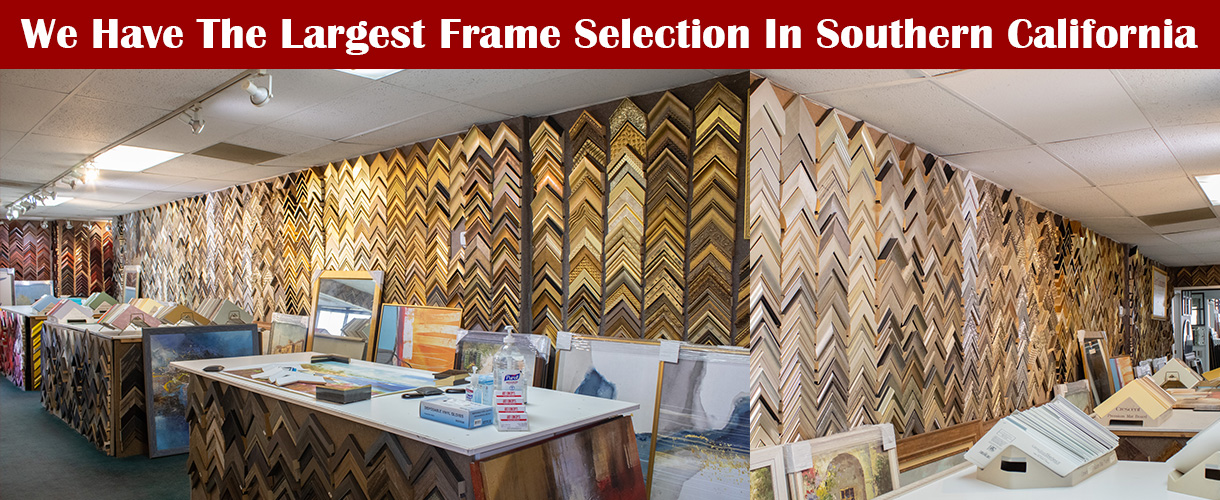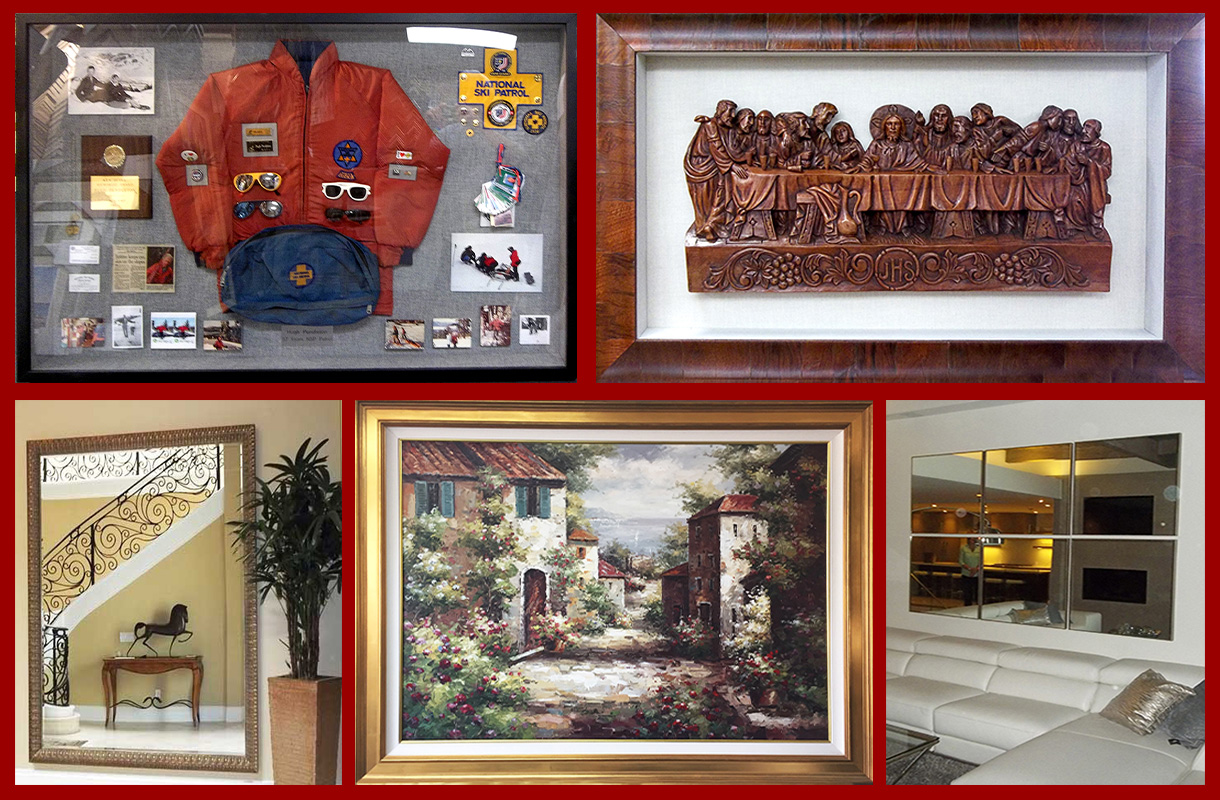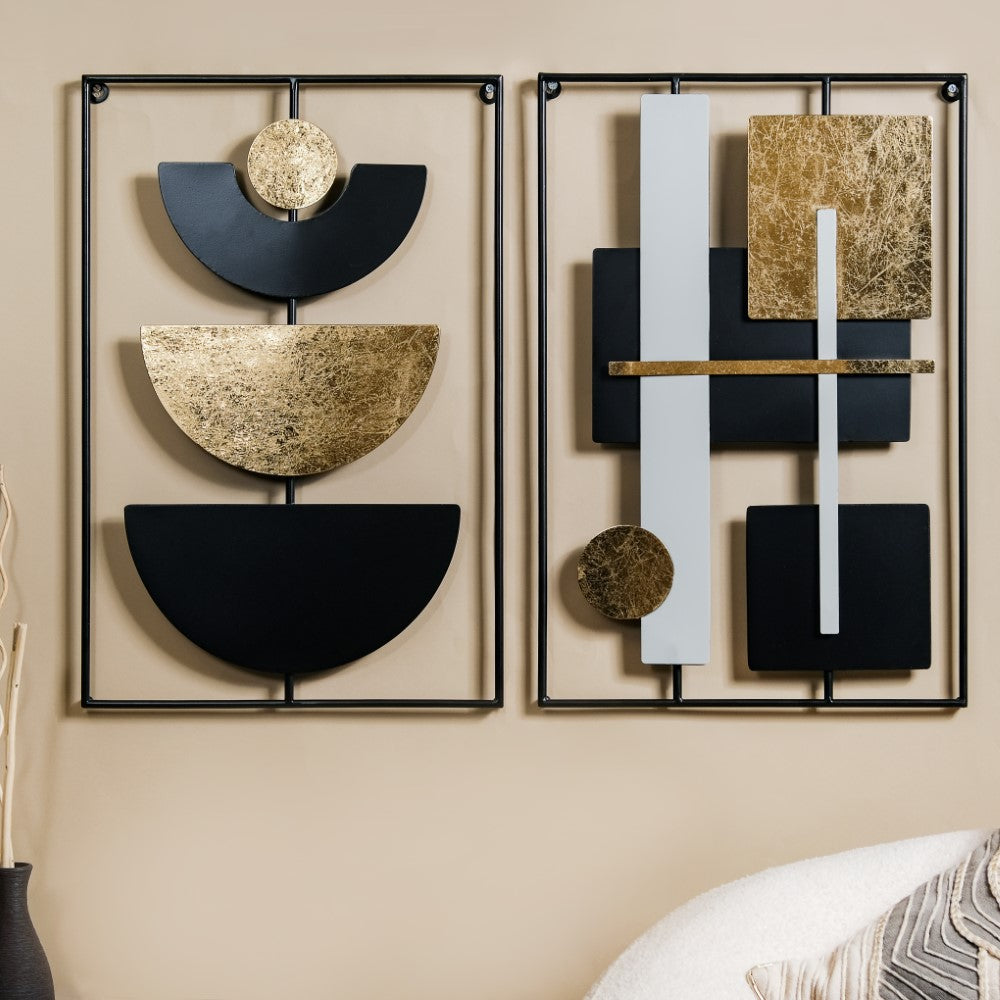Art has the incredible ability to transform spaces, evoke emotions, and tell stories. As an avid art enthusiast and decorator, I’ve found that incorporating art concepts into wall decor can create a breathtaking focal point in any room. Here, I share my journey and insights on choosing the right wall decor, the different types of art styles, and how to make your space truly your own.
Understanding Wall Decor: What Are Art Concepts?
Art concepts refer to the overarching ideas, themes, and styles that inform the creation of art pieces used in wall decor. These concepts can range from minimalist, abstract, and contemporary to traditional and eclectic styles. The way an art piece aligns with your personal style and the overall mood you want to create in your space plays a crucial role.
The Significance of Wall Decor in Interior Design
Wall decor isn’t merely about aesthetics; it can also enhance the ambiance of your home or office. Here are a few reasons why wall decor is significant:
- Creates a Focal Point: A stunning piece of art can serve as the focal point in a room, drawing attention and setting the tone.
- Expresses Personality: Your choice of wall decor reflects your personality and taste.
- Enhances Mood: Different types of art can evoke different emotions, influencing how you feel in a space.
- Complements Design: Well-chosen art can enhance your design theme and tie different elements of the room together.

Popular Art Concepts for Wall Decor
1. Minimalism

Minimalist decor is characterized by simplicity and functionality. It uses clean lines and a limited color palette to create an uncluttered look. Minimalism is perfect for individuals who appreciate subtlety and elegance.
Pros and Cons of Minimalism
| Pros | Cons |
|---|---|
| Creates a calming atmosphere | Can feel too stark or cold if overdone |
| Easy to maintain | Limited choices may feel restrictive |

2. Abstract Art
Abstract art breaks away from traditional representation of physical objects. It often uses shapes, colors, and forms to convey a feeling or abstract idea. This style is perfect for modern spaces and can create a dynamic atmosphere.

Pros and Cons of Abstract Art
| Pros | Cons |
|---|---|
| Highly subjective and open to interpretation | May not appeal to all tastes |
| Adds energy and vibrancy to a room | Can overwhelm smaller spaces if not balanced |
3. Nature-Inspired Art

Nature-inspired art can bring the beauty of the outdoors into your home. From landscapes to botanical prints, this style often evokes a feeling of serenity and connection to nature.
Pros and Cons of Nature-Inspired Art
| Pros | Cons |
|---|---|
| Creates a calming and inviting atmosphere | Some may find it clichéd or predictable |
| Great for creating a cohesive theme with organic decor | May require careful selection to avoid clashing with other decor |

Choosing the Right Art Concepts for Your Space
Selecting the right art for your walls involves more than just choosing what looks good. Here are some tips to help you make the best choices:

1. Consider Your Space
Evaluate the size of your walls and the furnishings in your room. A large wall may benefit from oversized art or a gallery wall, while smaller spaces might call for more intimate pieces.
2. Determine Your Color Palette
Your art should complement your existing color scheme. Take note of the dominant colors in your room to guide your selection.
3. Reflect Your Personality
Choose art that speaks to you personally. Whether it’s a bold statement piece or a collection of sentimental prints, your wall decor should resonate with who you are.
4. Don’t Be Afraid to Mix Styles
Combining different art styles can create a dynamic and interesting wall display. Just ensure there’s a common thread, such as color or theme, to unify the pieces.
Creating a Gallery Wall
One of the most popular trends in wall decor is the gallery wall. This involves arranging multiple pieces of art together to create a cohesive display. Here’s how to do it effectively:
Steps to Create a Stunning Gallery Wall
- Gather Your Art: Collect various pieces that you love, mixing different styles and sizes.
- Lay It Out: Before hanging, arrange the pieces on the floor to visualize how they will look on the wall.
- Start with a Centerpiece: Begin hanging from the center and work your way outwards for a balanced look.
- Use Consistent Spacing: Keep the same distance between each piece for a polished appearance.
Art Material Choices for Wall Decor
The material of the art plays a significant role in the overall aesthetic. Common materials include:
- Canvas: Provides a textured, high-quality look; ideal for both painting and printing.
- Paper: Often used for prints and photographs; easy to frame and versatile.
- Wood: Offers a rustic touch; can be used for wood block prints and sculptures.
- Metal: Adds a contemporary and industrial feel; perfect for modern decor.
Comparison Table: Art Materials
| Material | Pros | Cons |
|---|---|---|
| Canvas | Durable, rich texture | Can be heavy; requires framing |
| Paper | Flexible, lightweight | Can be prone to tearing |
| Wood | Unique, natural look | Can warp over time |
| Metal | Modern aesthetic, durable | Can be reflective, potentially distracting |
Caring for Your Art Pieces
Once you’ve selected and hung your art, proper care ensures its longevity:
Cleaning Tips
Use a soft, dry cloth to dust your art regularly. Avoid chemical cleaners, especially on delicate surfaces like paper or canvas. For framed pieces, periodically check the frame for dust buildup.
Lighting Considerations
Make sure your art is well-lit but avoid direct sunlight, which can fade colors over time. Consider using picture lights or strategically placed lamps to highlight your pieces.
Regular Checks
Inspect your art periodically for any signs of wear or damage. This will help you address issues before they become significant problems.
FAQs about Art Concepts Wall Decor
What types of art are best for small spaces?
For small spaces, opt for smaller, framed pieces or a few larger statements rather than a crowded display. Light colors and abstract art can also create an illusion of space.
How do I mix different art styles?
To mix styles, choose a unifying element, such as a similar color palette or theme. This will help create a cohesive look while showcasing diverse artistic expressions.
Can I use DIY art for wall decor?
Absolutely! DIY art adds a personal touch and can be a meaningful addition to your decor. Plus, it’s a budget-friendly option that reflects your creativity.
How do I choose the right frame for my art?
Select a frame that complements the art and fits your decor style. Consider materials, colors, and sizes to ensure a harmonious look.
Final Thoughts
Art concepts wall decor is a delightful mixture of creativity, personality, and style. By understanding different art styles, choosing the right pieces, and caring for them properly, you can elevate your home or office to new heights. Remember, the beauty of art lies in its ability to inspire and connect us, so let your walls tell your story.